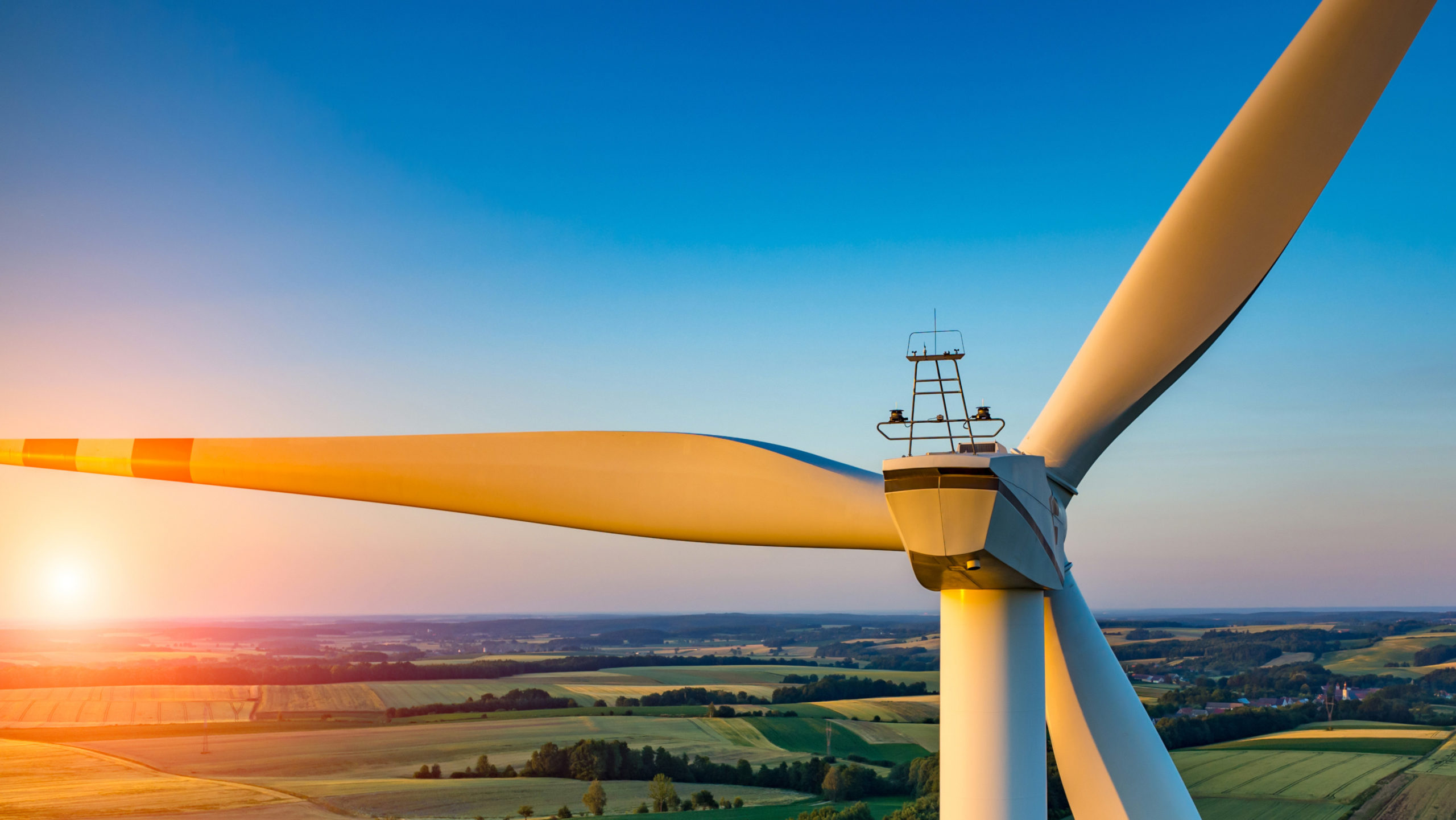
In 2020, the total wind energy generated on the All-Island system was 13.8 TWh, while 1.9 TWh of wind energy was dispatched down. This represents 12.1% of the total available wind energy in 2020, an increase of 4.4% from 2019 figures. Dispatch down can occur due to system wide power limitations, known as curtailments, or local network limitations, known as constraints.
In August 2019, the Department of Energy and Climate Change (DECC) published the Climate Action Plan (CAP), outlining targets to reach 70% renewable generation by 2030. EirGrid estimates that meeting these targets could lead to curtailment levels over 40% in 2030, indicating over 21 GW of wind capacity may be required by 2030. Higher levels of dispatch down can impact the commercial viability of renewable projects and lead to higher costs for consumers. Therefore, significant investment in new operational policies, technologies and grid will be vital to manage constraints and minimise levels of dispatch-down.
In this recording of our recent public webinar we focus on the following questions:
What are the key system operational constraint issues in I-SEM?
What are the impacts of the North-South interconnector constraint?
What is Aurora’s long-term view on curtailment for renewable assets and the impact on renewable economics?
How can investment in different technologies help reduce levels of curtailment on the system?






